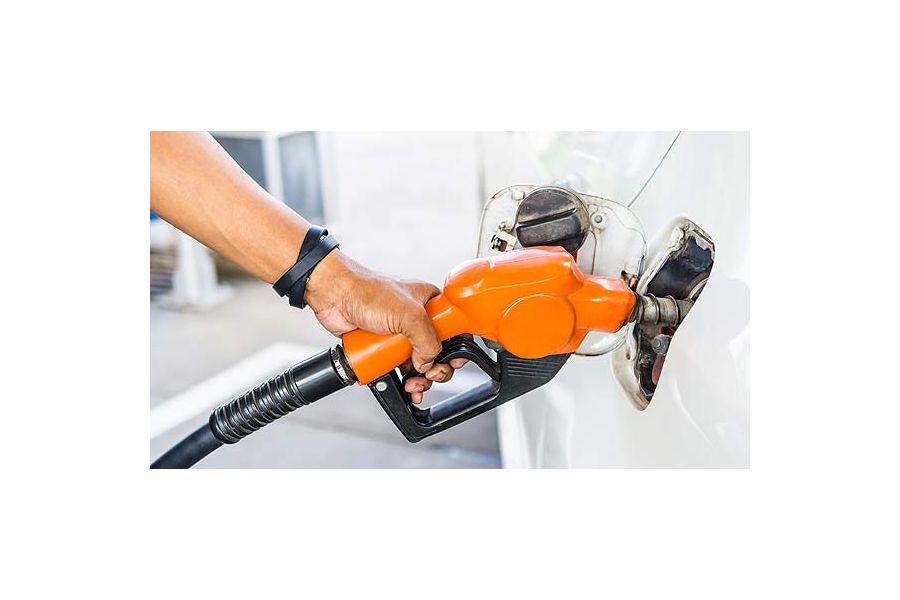5 Tips to Boost Any Carís Fuel Economy

Those looking to save on fuel costs don’t necessarily need to spend the money necessary to trade their existing cars in for more-efficient models. Heeding the time-tested tips below compiled from the Environmental Protection Agency and other auto-care sources can reduce most any car’s fuel consumption, sometimes dramatically.
Here’s the 10 easiest ways to be a successful “hypermiler.”
1. Stay in Tune
Fixing a vehicle that’s in need of a tune-up or has failed an emission test can boost its mileage by about 4 percent. Simply changing a clogged air filter can improve a car’s fuel economy by as much as 10 percent, while addressing a more-serious problem like replacing a faulty oxygen sensor can increase it by as much as 40 percent.
2. Slow and Steady Wins the Race
Lead-footed acceleration, heavy braking, high-speed driving, towing and engaging four-wheel-drive will drain a vehicle’s gas tank at a higher-than-average rate. Jack-rabbit starts and sudden stops alone reduce a car or truck’s fuel economy by as much as 33 percent at highway speeds and by five percent in the city. Driving at 75 mph uses 13 percent more fuel than cruising at 65 mpg, and 25 percent more than at 55 mph. Drive smoothly and anticipate the movement of traffic. Once up to speed maintain a steady pace in top gear. Use cruise control on the highway.
3. Tend to Tires
Keeping a vehicle’s tires properly inflated according to the manufacturer’s specifications can affect both its mileage – running on under inflated tires can reduce a car’s mileage by as much as 3.3 percent – and lead to uneven and/or premature wear. And check it often, using a simple tire gauge, as tire pressure changes by an average of one PSI (pound per square inch) with every 10-degree F change in air temperature. When it’s time to buy a new set consider low rolling resistance tires, which can improve a car’s fuel economy by as much as 6 percent.
4. Be Aerodynamically Aware
Removing a car or truck’s roof rack will improve its aerodynamics and, in turn, its fuel economy by about five percent. At highway speeds, more than half of the engine power goes to overcoming drag, so keep a vehicle’s windows closed to maintain optimal aerodynamics and prevent a 10 percent loss in fuel economy; open the vents to bring in outside air, but use the air conditioning sparingly because it causes to the car to consume more gas.
5. Lighten Up
Reducing a vehicle’s weight is the easiest way to improve its fuel economy. Automakers regularly look to trim excess pounds out of each of their models to maximize their mileage. To that end, don’t treat a car as a rolling storage locker. Carrying an additional 100 pounds of gear in the trunk can increase a vehicle’s energy consumption by 1 to 2 percent.